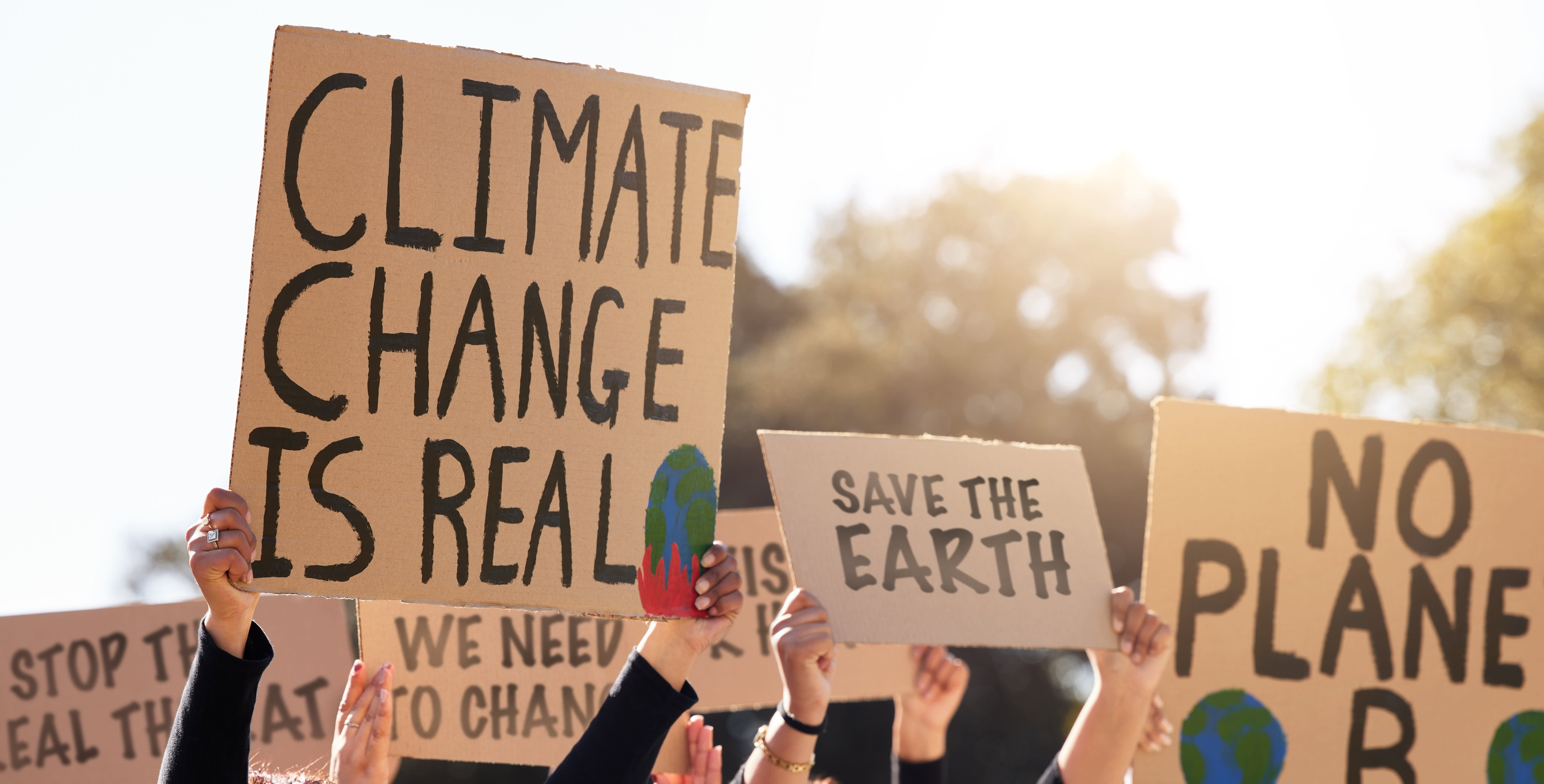
A recent J.D. Power report shared exclusively with CNBC Make It ranked 48 states and the District of Columbia on how serious the issue of climate change is on a scale of zero to four, with zero being “there is no climate change” and four being, “climate change is very serious.”
This utility intelligence report is based on responses from 70,486 utility customers nationwide that were fielded from June 2022 to May 2023. Utilities in Alaska and Rhode Island did not qualify for this study.
Washington D.C. ranked as the place in the U.S. that takes climate change most seriously.
David J Ocasio | Moment | Getty Images
Washington D.C. is the No. 1 place in the U.S. for taking climate change seriously
Utility customers in Washington D.C. have the greatest sense of urgency about climate change, with an average score of 3.11— the only region evaluated in the study to score higher than 3.
According to the Department of Energy and Environment, Washington D.C. is approaching climate change from two sides: adaptation and mitigation.
D.C. is trying to prepare residents for the impacts of climate change and extreme weather like heat waves, snowstorms, higher tides caused by rising sea levels, heavy rains, flooding and warmer temperature averages.
The District has also implemented the Clean Energy DC plan, which outlines how D.C. is trying to reduce greenhouse gases by 60% by 2030. D.C. also has the Carbon-Free DC plan, which is the District’s strategy to become carbon-neutral by 2045.
Top 10 places in the U.S. for taking climate change seriously
- Washington, D.C. (score: 3.11)
- Vermont (score: 2.91)
- Washington (score: 2.80)
- Hawaii (score: 2.79)
- California (score: 2.77)
- Oregon (score: 2.76)
- Connecticut and Massachusetts (score: 2.71) (tie)
- Colorado (score: 2.70)
- Maine (score: 2.69)
- Delaware (score: 2.68)
Vermont ranked as the second state that takes climate change the most seriously in the U.S., according to J.D. Power.
Backyardproduction | Istock | Getty Images
Vermont ranked second on the list with a score of 2.91.
The state had long been considered a climate haven. In fact, in 2020, a ProPublica analysis identified Lamoille County, Vermont as the one county in the U.S. that could be most protected from the combined effects of climate change.
That was until earlier this year when the county had extensive flooding that led to roads being destroyed, evacuations, and entire harvests being wiped out, according to The Atlantic.
In 2020, the Vermont Legislature passed the Global Warming Solutions Act, which created legally binding emission reduction requirements. The Act requires Vermont to reduce greenhouse gas pollution to 26% below 2005 levels by 2025. Emissions would need to be 40% below 1990 levels by 2030 and 80% below by 2050.
Washington is the No. 3 place in the U.S. that takes climate change the most seriously, according to J.D. Power.
Feng Wei Photography | Moment | Getty Images
Washington state rounds out the top three of J.D. Power’s report.
The Northwest state is already experiencing increasing temperatures, decreasing snow and ice and rising sea levels. According to the USDA, glaciers are expected to disappear from the Olympic Peninsula in Washington by 2070 completely.
In 2021, the state experienced major flooding. Seattle, a major city in the state, recorded its wettest autumn ever, with over 12 inches of rain.
Washington has implemented several response strategies to continue addressing the ongoing threat of climate change, including improving its water management by considering the future water supply and addressing competing water demands.
DON’T MISS: Want to be smarter and more successful with your money, work & life? Sign up for our new newsletter!
Want to earn more and land your dream job? Join the free CNBC Make It: Your Money virtual event on Oct. 17 at 1 p.m. ET to learn how to level up your interview and negotiating skills, build your ideal career, boost your income and grow your wealth. Register for free today.
Source: CNBC
